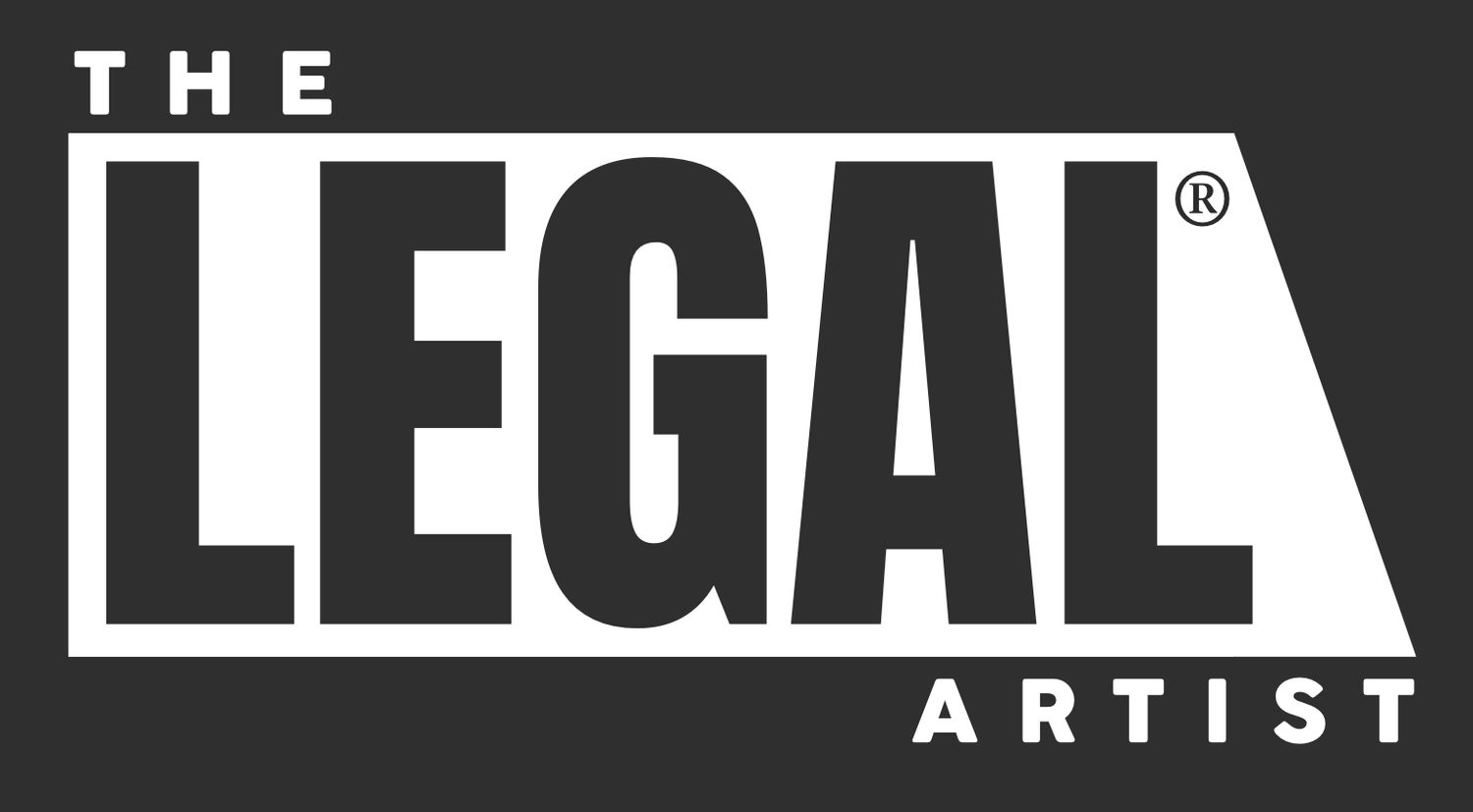Ask Greg: Indemnification Clauses and You
/Q: I am an industrial designer and I'm being asked to sign a contract with an indemnification clause. A lot of my peers suggest that it's inappropriate. What should I do?
A: I'm not familiar with any ban on indemnification clauses specific to the industrial design community, but I can say that they're fairly common in contracts across a wide variety of design and non-design industries. In fact, they're so common, so rote, that I'm hard pressed to remember a contract in recent years where I haven't seen one.
An indemnification or indemnity clause, for those who don't know, is a provision in a contract where one party (you) promises another party (your client) to cover them for losses if they're sued by a third-party for an issue arising out of your work. In other words, you act as an insurance company for the party being sued. In most indemnification clauses, you're asked merely to pay or reimburse the client for the cost of defending that lawsuit (i.e. attorney and court fees). But in some cases, you may be asked to reimburse a party for actual losses they suffered. You may even be asked to mount the actual defense - i.e. hire a lawyer and defend the client yourself. The language of the clause should lay out clearly what your obligations are when it comes to indemnifying your client (vague indemnity clauses can be a real scourge). Typical indemnification clauses make their presence known through buzzwords like "indemnify," "hold harmless," and "defend."
Here's a real world example: Let's say you design a newfangled lamp with all kinds of amazing new design features and functions. A client sees your lamp on your Behance page and orders 100 to stock in her store with the option for more orders if the lamp is a success. You sign a contract with an indemnification clause and start stocking her store with your lamp. A customer buys your lamp in your client's store and soon after sustains second-degree burns. The customer sues your client for selling a defective product. Because you signed an indemnification clause, you now have to pay your client's attorney/legal fees and quite possibly defend her in court.
Whether or not you should agree to a specific indemnification clause is highly dependent on your situation and the language of the clause, and without seeing the whole contract I can't tell you whether to sign it. That said, you shouldn't sign any agreement where you feel the benefit to the client far exceeds the benefit to you. You also shouldn't sign any contract where you have to accept liability for someone else's negligence... that's why mutual indemnification is such a popular option (mutual indemnification is where both parties to the contract promise to defend each other from lawsuits arising only from their own actions or negligence).
This topic is a bit of a sticky wicket, so if you have any questions about it, don't hesitate to contact me or your own attorney. The last thing you want to do is sign an indemnification clause that puts you on the hook for something you shouldn't be responsible for.











